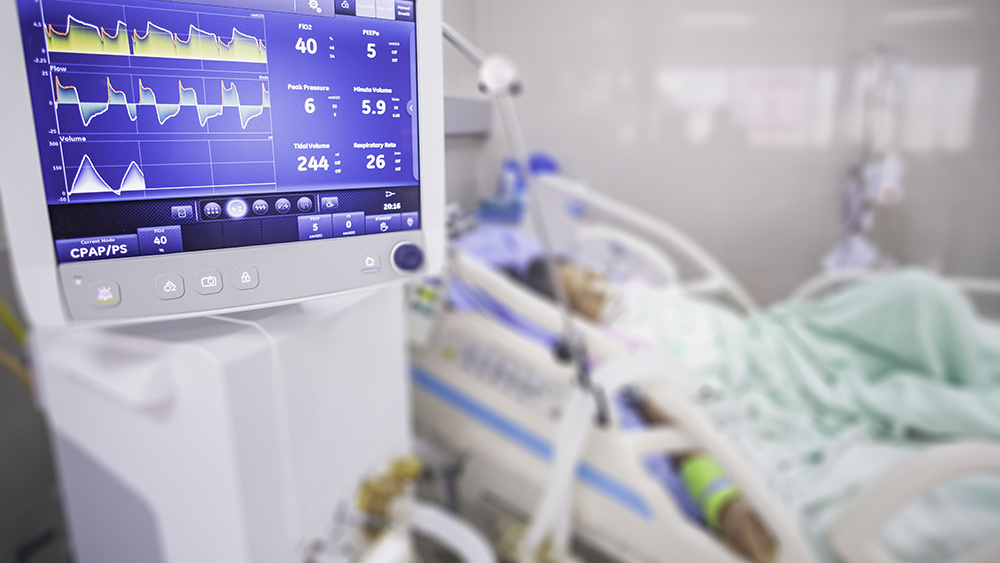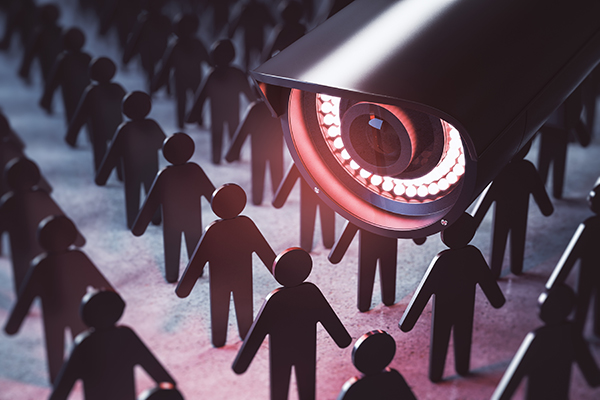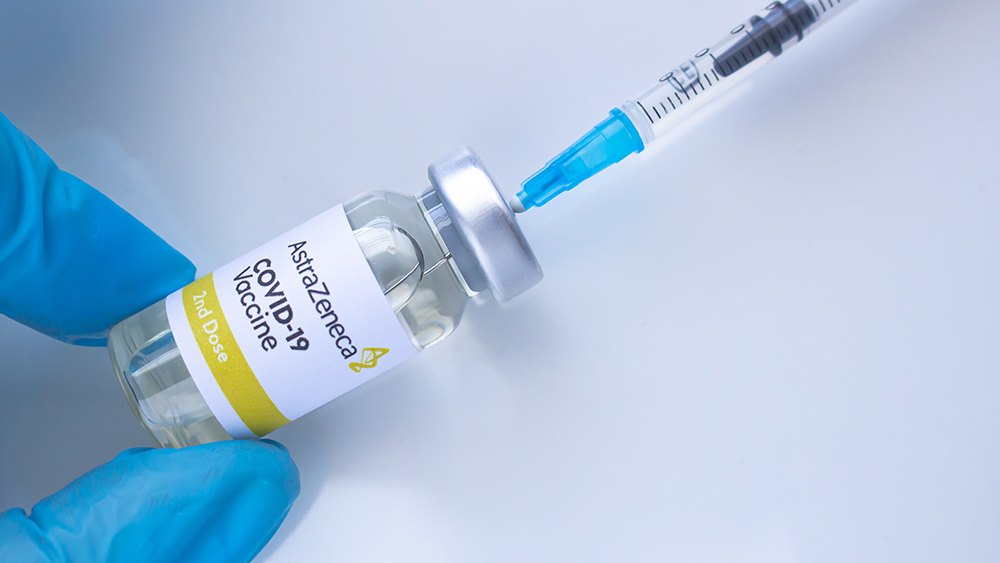
Kidney damage from COVID-19
It is possible for COVID-19 patients to develop kidney issues, whether or not they have been treated with remdesivir, making the drug more dangerous. Research suggests that more than half of people hospitalized with COVID-19 get an acute kidney injury. This can include sudden case of kidney damage, and in severe cases, even kidney failure that may happen within hours or days. Kidney injury can cause waste to build up in the blood, and can be deadly. Some people don't show signs or symptoms of acute kidney injury, however, they may not be peein enough, are experiencing nausea or chest pressure. If COVID-19 leads to kidney injury, doctors will need to treat both through dialysis, which cleans the blood through a machine when kidney can't do so naturally in the body.WHO recommends against use of remdesivir
The World Health Organization has issued conditional recommendation against the use of remdesivir in hospitalized COVID-19 patients, regardless of the severity of the disease. This is because there have been no evidence that remdesivir improves the survival and other outcomes in these patients. This recommendation was developed by an internationa development group that includes 28 clinical care experts, 4 patient-partners, and one ethicist. (Related: The dangers of remdesivir to treat COVID-19 patients in hospitals - Brighteon.TV.) Data collected from over 7,000 patients across four trials were considered, and evidence suggested that there is no patient-important outcomes that came with taking the drug, whether it be mortality, need for mechanical ventilation or time to clinical improvement. The develoipment group also recognied that there is a need for more research to provide higher certainty of evidence for specific groups of patients.Ventilators do more harm than good
Santilli also speaks about the negative effects of ventilators for COVID-19 patients -- specifically, that they are causing more harm than good. Many patients who use a ventilator die, while those who survive are likely to face breathing problems caused by either the machine or the virus. Unfortunately, it is a known fact that the longer people are kept on ventilation, the more likely they are to suffer complications related to machine-assisted breathing. This is why some intensive care units delay putting patients on ventilators until the last possible moment. Earlier in the pandemic, there had been a tendency to put patients on ventilators early because they were deteriorating fast. Experts believe that 40 to 50 percent of patients die after going on ventilation, and in some places like New York, reports show as many as 80 percent of infected patients die after being placed on ventilation. Dr. Luciano Gattinoni and his colleagues in Milan described how they had to adjust their COVID-19 procedures in February. He said that by ventilating patients, all doctors are doing is buying time with additional damage. Kevin Wilson, a professor of medicine from Boston University and a guideline director for the American Thoracic Society agreed that there is a need to exercise caution. Instead of using ventilators, doctors are opting for less invasive methods like the use of nasal cannulas, breathing masks or simply placing the patients in their stomachs, which help them breathe easier. Listen to more of what Pete Santilli has to say on his show, available on Thursdays at 10 AM on Brighteon.TV. Learn more of what's happening with the Wuhan coronavirus around the globe at Pandemic.news. Sources include: WebMD.com 1 WebMD.com 2 WHO.int France24.comNewly released documents indicate Fauci and Daszak covered up COVID-19 origins
By Cassie B. // Share
By Arsenio Toledo // Share
Academia using covid as excuse to install permanent mass surveillance systems on campus
By Ethan Huff // Share
Restaurant operators say business conditions have significantly DECLINED
By Arsenio Toledo // Share
An invisible assault: How everyday heavy metals sabotage brain health
By willowt // Share
Pentagon warns of China's rapidly expanding nuclear arsenal
By kevinhughes // Share
FCC grounds new Chinese drones in sweeping security move
By avagrace // Share
The methylation switch: Scientists identify diet that can turn back the cellular clock
By jacobthomas // Share
Renaissance or Ruin: A wake-up call for cultural revival and self-sufficiency
By kevinhughes // Share
Weight loss in midlife may trigger brain inflammation, study finds
By avagrace // Share











